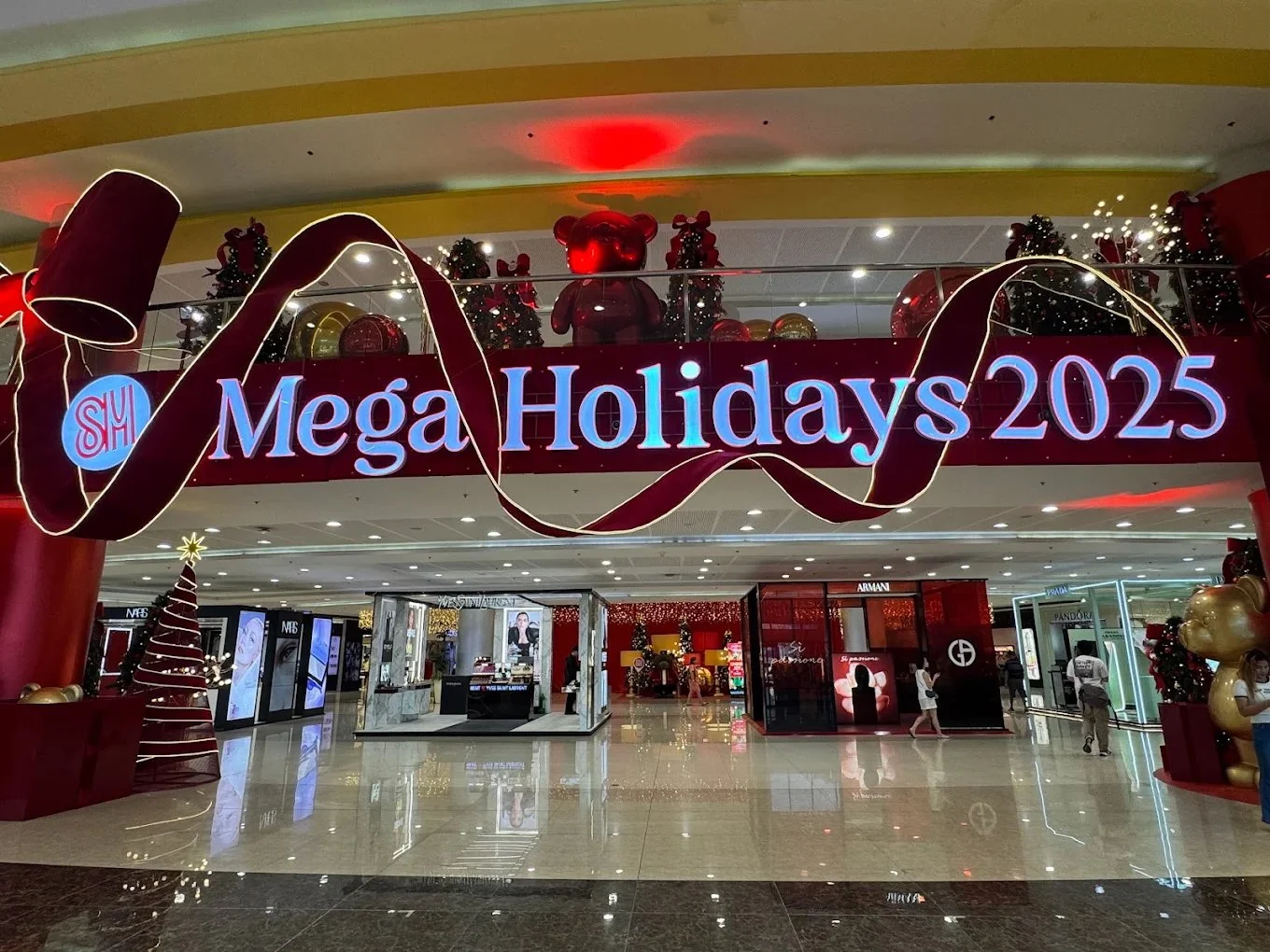Comfort, Exclusion, and The Mall
The first time I stepped into Pavilion Mall in Kuala Lumpur, I felt both relief and unease. Outside, the air was heavy with humidity, my clothes stuck to my skin. Inside, the blast of cold air carried that special scent of disinfectant, fried food, and synthetic perfume which I have known since childhood. My friend turned to me and said the city felt hollow. Every place we went was just another shopping mall, and he was not buying anything. His words lingered in my mind because malls are never only about shopping. They are the plazas, squares, and meeting grounds of Southeast Asia. Yet, they feel like hollow spaces that alienate as much as they comfort.
Across the region, malls are the beating hearts of urban sprawls. In Kuala Lumpur, Bangkok, Singapore, and Jakarta, they pull people in and manipulate daily life. Malls perform what Marc Augé calls “supermodernity,” producing spaces that are at once both personal yet impersonal. They are “non-places,” generic enough to be replicated anywhere, yet memorable for first dates, family Sundays, and the relief of air conditioning on a humid afternoon. They are western-influenced by design, yet they have become deeply local in their function. Vast atriums, imported marble, international brands, and seasonal spectacles like Christmas displays signal a borrowed image of wealth. These features reveal how Southeast Asian cities imagine modernity, equating progress with Western symbols of consumption.
Nowhere is this more obvious than the Philippines, where the mall has become the true public square. Manila is dotted with mega structures: SM Megamall, Mall of Asia, Greenbelt, Robinsons Galleria. Bag checks at the entrance create a sense of order, with uniformed guards who often appear more official than the police. Yet once inside, malls become endless playgrounds. There is always the waft of Jollibee fried chicken mixing with the industrial chill of the air conditioning. Karaoke booths hum with off-key ballads, cinemas are packed with people, food courts overflow with chatter, and entire generations of children grow up loitering between escalators and arcades.
The scale of mall culture in the Philippines is inseparable from Henry Sy, the Chinese-Filipino businessman who built the SM Investments empire. By constructing massive malls across the country, Sy not only created a retail business, he reshaped civic life itself. The mall substituted for the park, the plaza, and often the state. It offered air conditioning where the government failed to, and security where police protection was unreliable. During typhoons, malls served as informal shelters. For many, these buildings supplied the basic goods of survival that the state could not. Yet they encoded inequality in their architecture. Glittering façades rise above jeepney terminals and sprawling informal settlements. Inside, staff hustle to meet sales targets while guards quietly remove anyone who looks unkempt or unhoused. To enter the mall is to step into a world of aspiration, one that is carefully policed.
In the 2025 elections, polling booths were set up inside malls, turning democratic participation into another activity to be slotted between groceries and fast food. Political presence is inescapable: faces of politicians smile from tarpaulins that congratulate students for passing board exams or wish entire districts a Merry Christmas. Imagine if Anthony Albanese plastered his electorate with “Happy Holidays” corflutes every December. In Manila, this is ordinary.
For visitors, the mall demands performance too. I grew up being told to dress up before going inside. It was not casual, it was ceremonial. In Sydney, people wander into Westfield in tracksuits. In Manila, entering the mall feels closer to entering church. What looks like civic life is in fact a selective performance, where comfort and exclusion are rehearsed together under the same roof.
Generational shifts in consumption patterns reveal that malls are not only vulnerable to economic change, but are themselves temporary solutions to deeper structural problems. Their profit declines expose the fragility of an urban model which relies on private corporations to substitute for public spaces. If the next generation continues moving its social and cultural life online, the hollowness of the mall’s promise of civic life will be revealed even more starkly.
My friend was right in his observation regarding Kuala Lumpur feeling hollow, but that hollowness should not be accepted as inevitable. The mall’s dominance reveals how political and economic development in Southeast Asia has often outsourced civic life to private corporations. Francis Fukuyama once claimed that the end of the Cold War marked the “end of history,” where Western liberal democracy and market capitalism would stand as the final form of human government. In Southeast Asia, the mall performs that fantasy in architecture, presenting consumption as the triumphant endpoint of civic life. Yet the hollow feeling complicates this.
Perhaps this empty feeling persists because what Fukuyama imagined as universal freedom has materialised as the freedom to consume, not the freedom to participate in public life. The mall represents the triumph of capitalism without the corresponding guarantees of equality or democracy. Public infrastructure has been neglected, and with it, the possibility of more inclusive spaces. To view malls as places of refuge from heat, storms, or extreme poverty is to confuse survival with so-called progress. My friend’s critique, taken seriously, calls for us to imagine a different path of development, one where the public square is not owned by the highest bidder.
Perhaps the best image of the mall is simply the most ordinary. A student, holding a bubble tea, sits under fluorescent lights while friends scroll through their phones beside them. Around them are Christmas decorations, already up in September, with a faint smell of Jollibee fried chicken drifting through the air. It looks harmless, even comforting, but it also captures what Fukuyama once imagined as the end of history. Here, the endpoint is not universal freedom or democracy flourishing, but a mall food court where civic life has been reduced to consumption. It is both hollow and alive, a refuge and a trap. For better or worse, this is the public square of Southeast Asia.
Designed by Ege Yurdakul


